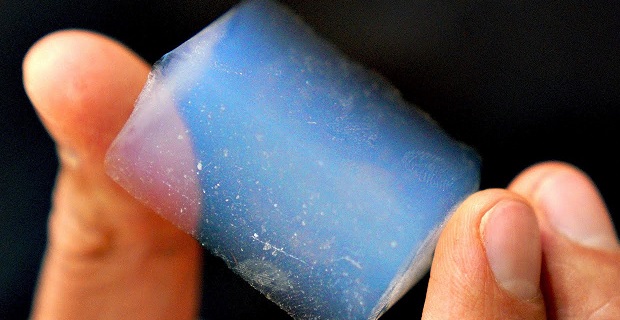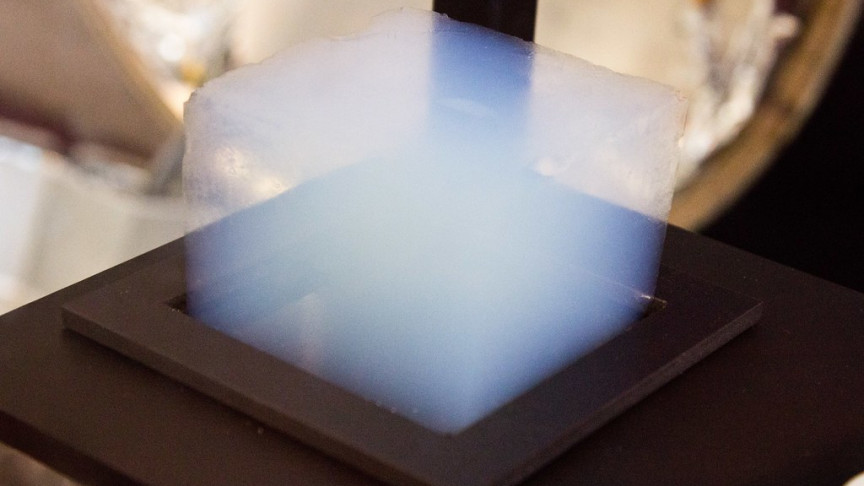Class 1931, it's been 90 years since Steven Kistler in an experimental way got the airgel.

It is a light, transparent material with excellent fireproofing, thermal insulation and sound absorbing properties.
The insulating airgel is made for the 96% by air and for the remaining 4% from silica which, with its small specific weight, guarantees great lightness.
Since it has a low tensile strength (due to its appearance it is called “frozen smoke”), it must always be incorporated into glass or plastic sheets and cannot be used as a substitute for glass.
Insulating airgel panels
Silica airgel is the most common type. In recent years, scientific research has made great strides to produce more sustainable alternatives such as cellulose-based compounds and rice fibers.
On the market today there are three main types of insulating airgel panels:
- silica airgel
- cellulose airgel
- rice fiber airgel (oryza airgel)
Silica airgel
Silica airgel is the traditional type of airgel consisting of air (96%) and silica (4%), which guarantee great lightness and thermal insulation, and is characterized by a lambda airgel of approximately 0.020-0.023 W / mK.
Cellulose airgel
The cellulose airgel is the more sustainable version of the silica airgel and is obtained by mixing the airgel with paper waste.
The cellulose airgel has a very low thermal conductivity, is water repellent, sustainable and fire resistant. Cellulose airgel has excellent prices compared to silica airgel.
It is biodegradable, flexible and very resistant despite its incredible lightness.
It is found on the market in panels between 10 and 15 mm thick, with a density between 100 and 120 kg / mc and a lambda of about 0.025 W / mK.
Rice fiber airgel
Rice fiber airgel, (also called Oryza airgel) is a material based on airgel and reinforced natural fibers.
It comes in flexible insulating panels and has excellent insulating capabilities and good fire resistance as well as being sustainable due to the presence of rice fibers.
It is available in very thin panels, between 2 and 10 mm thick, has a density between 200 and 300 kg / mc and a lambda airgel 0.017-0.022 W / mK
The uses of the insulating airgel range from construction, to the transport industry and in the oil, metallurgical and cryogenic industries and in the heating sector.
watch this video https://youtu.be/p_r2D1m0nwM
Source: https://www.architectureecosostenibile.it/



